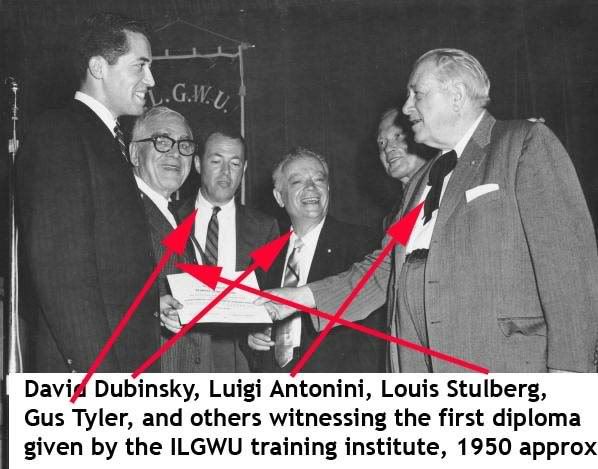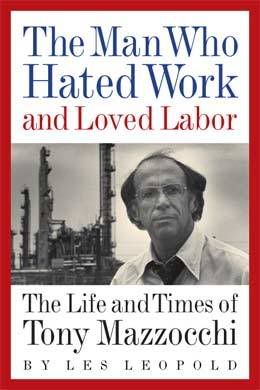While we are on a roll on pee pee etc, etc: You can't scam an old pro like Bob Moses. I think by looking at his expression towards the end of this clip you can see that he caught a whiff of Andres' poop.
some background from the Baltimore Sun:The Algebra Project, Alonso talk about insurgency
The Baltimore Algebra Project, the student tutoring group better known for its advocacy, has posted on YouTube segments of a Nov. 17 forum held in honor of the group's 25th anniversary. In this clip, Bob Moses, founder of the national Algebra Project organization, speaks about insurgency, then has an interesting interchange with Andres Alonso about how much the schools CEO will be willing to support the Algebra Project's troublemaking in Baltimore. Click here for a video of the entire panel discussion (an hour and 15 minutes long). For more on the Algebra Project's relationship with Alonso, see my earlier entry.
Bracing for budget cuts, and other Baltimore school board matters
The city school system is getting ready to make budget cuts to the tune of $50 million as a result of the freeze in Thornton funding combined with increasing costs. So at last night's board meeting, Andres Alonso gave a presentation outlining the current distribution of funds. Board member Maxine Wood lamented that, by the time the presentation came up on the agenda, it was after 9 p.m. and the board room -- standing room only three hours earlier -- was almost empty. Such an important topic, she said, and so few people left to hear about it.
And so I, your dutiful reporter, will summarize some of the highlights. (Continue reading afterwards for more on the board meeting, including another showdown between board members and the Algebra Project, mediated by Alonso.)
-- Everyone is complaining about the state budget cuts, but what about the locals? A chart in Alonso's PowerPoint shows that the state's contribution to Baltimore schools rose from $443.9 million in the 2003 fiscal year to $792.4 million this year, fiscal 2008. By contrast, city government contributed $207.4 million in the 2003 fiscal year and $207.9 million this year, an increase of, well, almost nothing.
-- There are significant disparities in funding by grade level, with the highest funding for pre-kindergarten and kindergarten. Compared with other school systems, the city's spending on pre-k and k is high, but its spending on the other elementary grades is low. Funding is 68 percent higher for a kindergartener than for a fourth-grader.
-- There are also big disparities in funding among schools. Causes for the disparities include school size (small schools get significantly more per capita than big schools) and teacher experience (since teacher salaries are higher for more experienced teachers). Low-poverty schools receive more money per pupil than schools serving high-poverty populations because they have more experienced teachers who get paid more.
-- Sixty-nine percent of the system's $854 million instructional budget is spent on general education, with about 20 percent of that money controlled or spent the central office. Thirty-one percent of the funds are spent on special education, a disproportionately high amount. Around 35 percent of the special education money is spent centrally.
-- Of the system's $246 million non-instructional budget, $173 million (about 70 percent) is spent on facilities, transportation, food and police. About 30 percent ($73 million) is spent on administrative functions, ranging from IT to procurement to the central administration.
-- Charter school funding makes up about 3.6 percent of the school system's budget.
Earlier in the board meeting:
A group of students from the ever-active Algebra Project took up the bulk of the 10 slots for public comment (much to the chagrin of board member Buzzy Hettleman, who has repeatedly said he doesn't want one group to be able to prevent others from speaking ... board chair Brian Morris said last night they'd take up a policy review). The Algebra Project students were demanding that the board members sign a petition protesting the state freeze on Thornton money. They also passed out a flier titled "O'Malley LIES to the Children of Baltimore," citing earlier quotes when the former mayor/current governor argued in favor of full funding of a court ruling that ordered the state to pay hundreds of millions more to the city schools. In comments before the board, the students called O'Malley a "backstabber."
The school board, naturally, needs Gov. O'Malley as an ally, so members would not sign the petition. They got visibly uncomfortable when the students asked for a show of hands on how many people believe children deserve a quality education. Morris, Bob Heck and George VanHook started taking them to task, challenging the assertion that the board isn't already fighting as hard as it can for the kids of Baltimore, when Alonso -- putting on his old teacher hat -- stepped in.
The CEO urged the students to take Morris up on his offer for the board and the Algebra Project to go together to lobby members of the General Assembly for more funding. But, he explained, "You tend to work through one channel and boards of education tend to work through others." He said his job is "not necessarily" to take political stances, and he can't afford to participate in a demonstration if doing so could anger politicians so much that they would take money away from the city schools. He told the students they can have a great impact with actions beyond "calling the governor a liar and doing a symbolic arrest."
Also during last night's public comment, parents from City Springs and Collington Square elementary schools turned out to urge the board to renew their charter contracts next month. Both schools are run as charters by the Baltimore Curriculum Project and use the Direct Instruction method. And neither school met AYP this year, so the school communities seem worried. The board will be voting Jan. 22 on whether to renew the contracts of all 12 schools from the city's first cohort except Patterson Park Public Charter School, which asked for an expedited review and got renewed last night.
Michael Carter, well known for his spirited public comments at the beginning of each board meeting, gave his final presentation as the chair of the system's Parent and Community Advisory Board last night. PCAB will be electing new leadership in January. In his comments last night, Carter urged support for a drive to fund a library at Northeast Middle School, repeated his calls for the board to adopt a policy giving city students a preference for admission to elite high schools like Poly and City (over suburban kids paying admission), and expressed concern about student discipline at the Harlem Park complex, where he said kids have "spent as much time outside as inside in the last few days because of the behavior of students," referring to fire evacuations.































